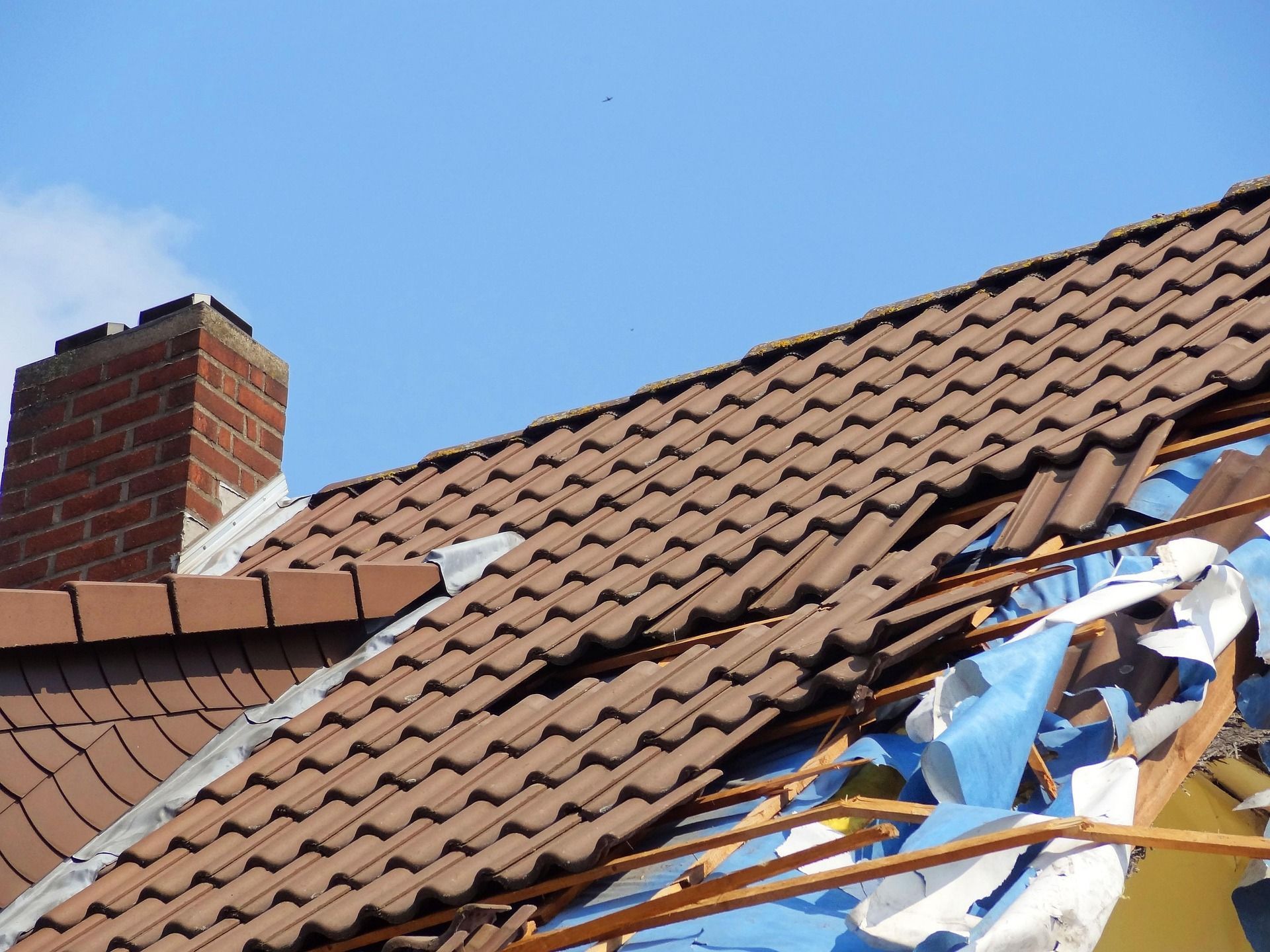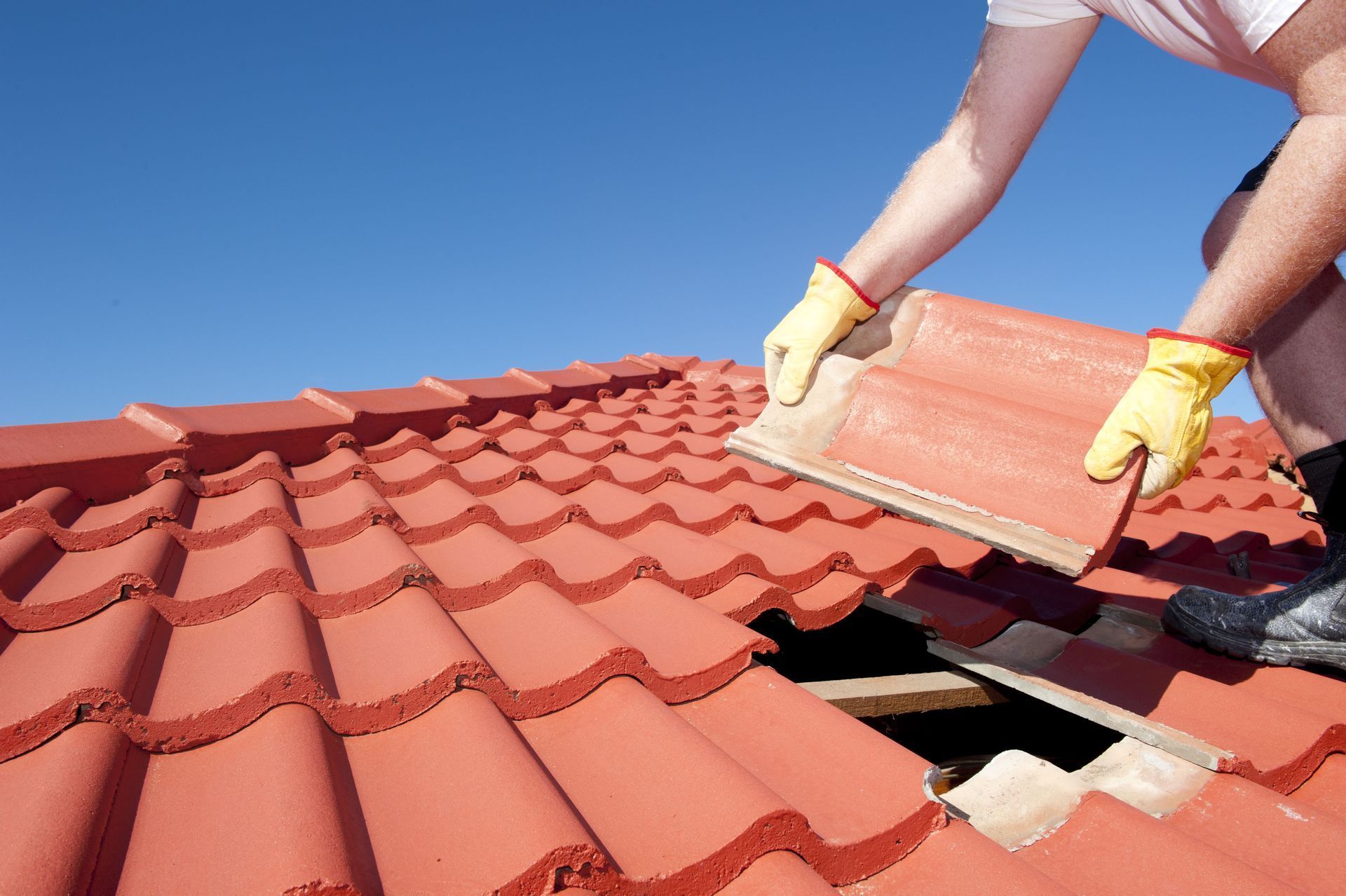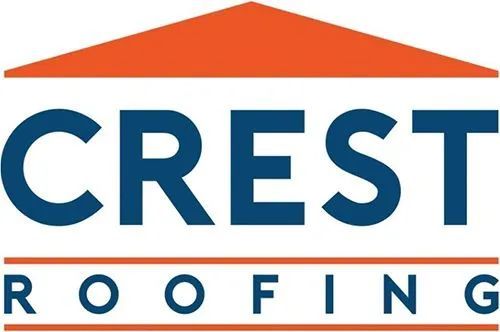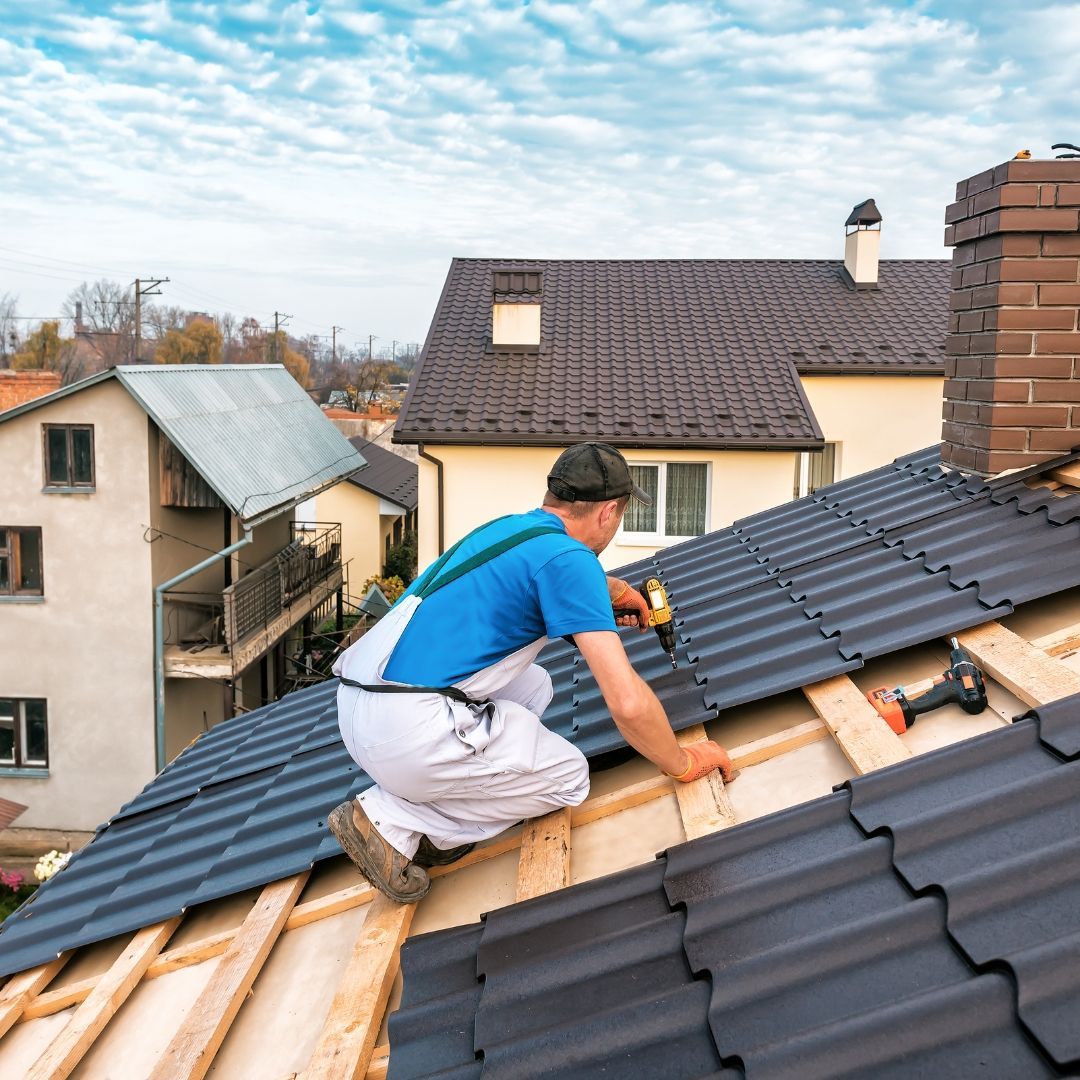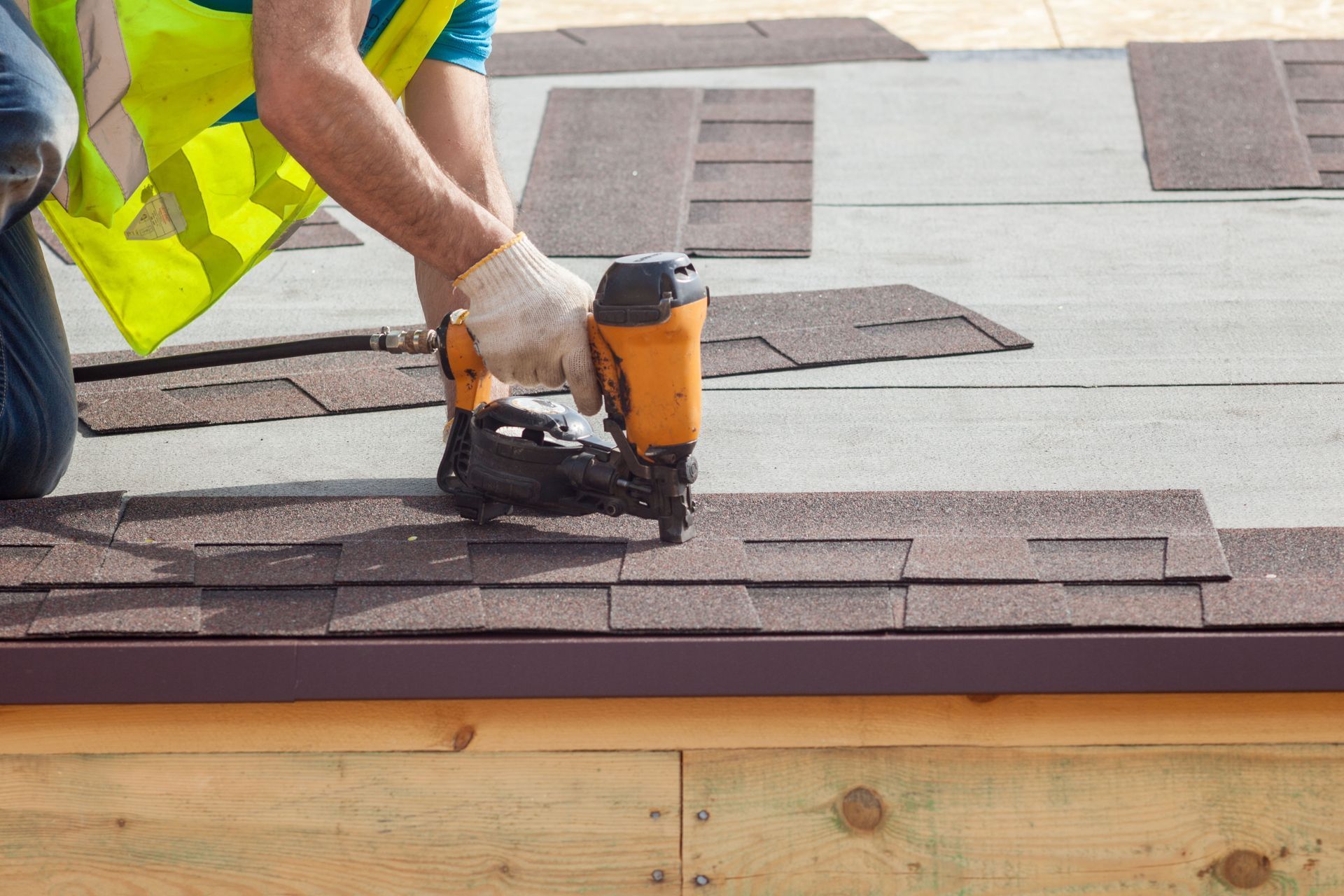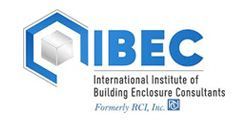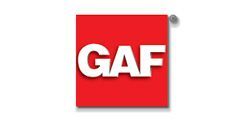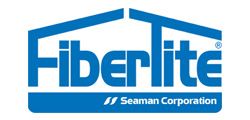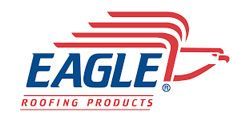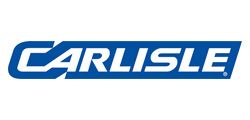August 25, 2025
If you own a home in Florida, your roof isn’t just protection from the elements; it’s a key factor in your ability to secure and keep affordable homeowners insurance. With stricter underwriting rules and updated building codes, staying compliant can mean the difference between a smooth claim process and a costly denial.
In this guide, we’ll break down the most important roof requirements for homeowners, with a focus on Florida roofing underlayment requirements and how meeting them can protect both your home and your insurance policy.
Why Florida Roofing Codes Matter for Homeowners
Hurricanes, tropical storms, and high winds make our state one of the most challenging places in the country for roofing durability. That’s why the Florida Building Code includes strict rules designed to:
- Minimize storm-related roof failures
- Protect your home’s structure and interior from water intrusion
- Lower the number of costly insurance claims after major storms
Insurance companies in Florida rely on these codes to assess your risk. If your roof doesn’t meet them, your coverage options may shrink.
Key Roof Requirements for Homeowners in Florida
While exact specifications depend on your roof type and location, most homeowners should be aware of these common Florida roof requirements.
1. Roof Age and Condition
Many insurers won’t cover roofs older than 10–15 years without a passing inspection. Even if your roof isn’t leaking, an outdated system may trigger policy non-renewal.
2. Wind Uplift Resistance
Roofs in High-Velocity Hurricane Zones (HVHZ), such as coastal counties, must meet higher fastening and uplift resistance standards to withstand hurricane-force winds.
3. Underlayment Specifications
Florida roofing underlayment requirements are among the strictest in the country. Depending on your roof slope and material, you may need:
- Two layers of ASTM D226 Type II or D4869 Type IV underlayment
- A self-adhering polymer-modified bitumen membrane as a secondary water barrier
- Proper overlap and fastening per manufacturer and code
4. Fastening Standards
Shingles, tiles, and metal panels must be installed with specific nails, screws, or clips tested for hurricane conditions. Incorrect fastening can void both your warranty and insurance coverage.
Florida Roofing Underlayment Requirements Explained
Your roof’s underlayment is the unsung hero of storm protection. It’s the layer between your roof deck and your visible roofing material, and in Florida, it’s required to meet strict standards.
Why it matters:
- Prevents water intrusion if the outer roofing material is damaged
- Adds wind resistance and helps your roof pass a wind mitigation inspection
- Qualifies you for potential insurance discounts
Common code requirements include:
- Two-ply system for certain roof slopes
- Use of peel-and-stick underlayment for added sealing around nails and seams
- Proper sealing at all valleys, edges, and penetrations
Meeting these requirements doesn’t just keep your home dry; it can also prevent your insurance in Florida from being canceled after a storm inspection.
How Roofing Compliance Affects Your Insurance in Florida
Your roof’s compliance status directly impacts your policy.
If your roof meets code:
You may qualify for wind mitigation credits that lower your premium
Your insurer is more likely to approve claims quickly
Renewal is smoother with less risk of non-renewal notices
If your roof doesn’t meet code:
Claims can be denied even for unrelated damage
Your premium may increase, or your policy could be dropped
You could be forced to replace your roof before switching insurers
What to Do If Your Roof Doesn’t Meet Code
Leaving your roof out of code compliance can be costly down the road. If you realize your food no longer meets regulations, make sure to:
1. Get a Roof Inspection. A licensed roofing contractor can identify deficiencies and provide documentation.
2. Upgrade to Code. Make necessary repairs or replacements using code-compliant materials and methods.
3. Schedule a Wind Mitigation Inspection. After upgrades, get proof for your insurer to secure coverage and possible discounts.
You can read more about roof replacement checklist for Florida homeowners .
How Crest Roofing Keeps You Covered
At Crest Roofing, we’ve been helping Florida homeowners protect both their property and their insurance coverage for years. Our team:
- Installs code-compliant roofs that meet or exceed the Florida Building Code
- Specializes in underlayment systems designed for HVHZ performance
- Works directly with insurance adjusters to ensure all documentation is in place
Florida roofing codes aren’t just about passing inspection; they’re your ticket to affordable, reliable insurance in one of the toughest climates for homeowners. Staying compliant today can save you thousands tomorrow.
If you're ready to explore your roofing options, turn to Crest Roofing. With over 25 years of experience serving Southeast Florida, our licensed and insured roofing contractors offer expert installation for residential and commercial roofing systems, including metal, tile, and shingles.
Contact us today for a free same-day estimate and let us help you make a confident, informed decision.
